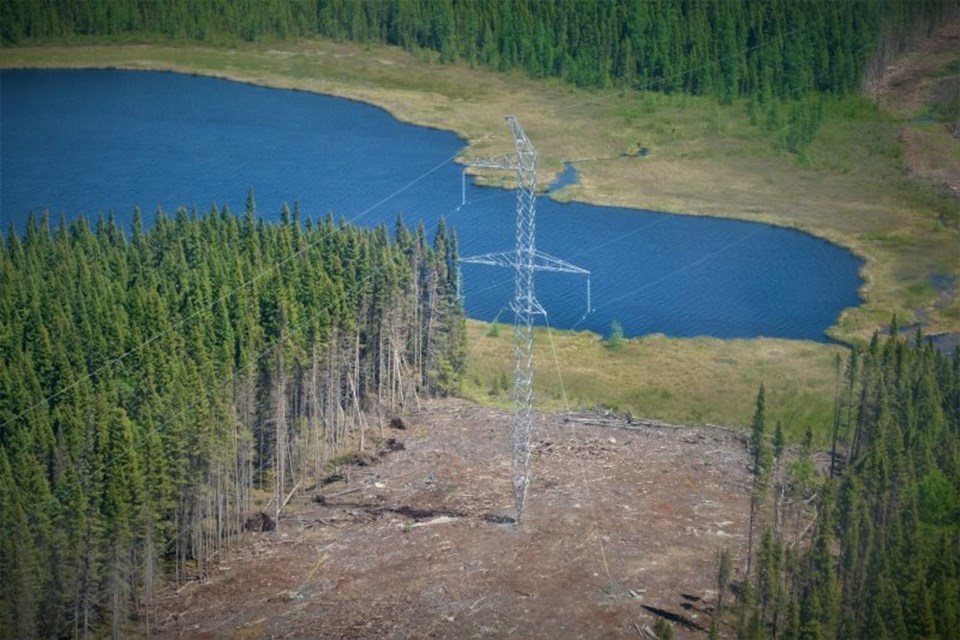It’s a milestone moment for Wataynikaneyap (Watay) Power as the first of two phases of a life-changing transmission line project in northwestern Ontario has been finished.
The majority Indigeneous-owned utility company announced the completion and energization of a 230 kV line, covering 300 kilometres from Dinorwic, east of Dryden, to Pickle Lake, along a power line corridor which previously had been served by a 115 kV line.
The aim of the $1.8-billion Watay project is to hook up remote communities to the province power grid for the first time, while ridding the communities of expensive, unreliable and carbon-emitting diesel generators.
Award-winning Wataynikaneyap Power is majority owned by 24 First Nations in a regional partnership with Fortis Inc. and other private investors.
A Watay news release said the first phase was declared complete on Aug. 12. A formal celebration is slated for mid-September.
The power line upgrade into Pickle Lake will increase load supply capabilities and provide greater operational flexibility to meet the needs of the remote communities to be powered up in Phase 2, the release said.
The second phase involves erecting towers, stringing power lines and building a series of substations north of Red Lake and Pickle Lake to extend into the remote communities.
Access roads will be constructed, approximately 40 metres wide, alongside the transmission line and on paths of existing or proposed all-season roads as identified by the communities.
The entire line will be fully operational by mid-2024.
Construction of the 1,800-kilometre-long utility corridor began in 2018. Pikangikum First Nation, north of Red Lake, was the first community connected in December of that year.
“I am honoured and pleased to announce that we are celebrating the completion and energization of the 230 kV line to enable the connection of 17 remote First Nations to reliable, clean energy as mandated by our Chiefs and supported by our partners,” said Margaret Kenequanash, CEO of Wataynikaneyap Power in a statement.
"This achievement took years of negotiations, perseverance, commitment, and working together by the First Nations, governments, and industry to bring the 230 kV line to the region. This is a big step forward and a huge milestone towards fulfilling the vision.”
“With many communities’ diesel generators at capacity, it is impossible to hook up new houses and businesses,” said Frank Mckay, board chair for the Wataynikaneyap Power General Partnership (WPGP).in the news release.
“Medical treatments, education, food security, and technology upgrades have been negatively affected by the limitations of diesel generation. As we advance the Wataynikaneyap Power Transmission Project, we will see that reliable power will allow for opportunities in remote First Nations that others may take for granted.”




